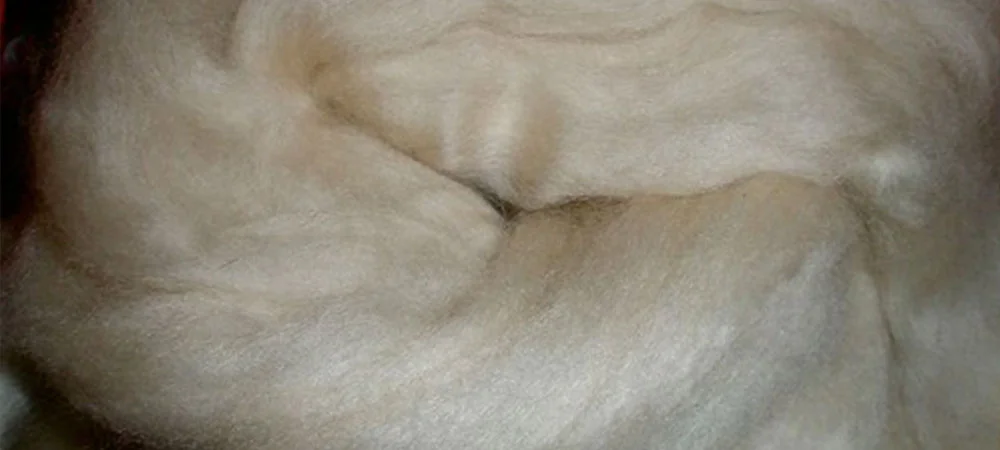How to Look After Your cashmere Garments and Keep Them Looking Like New
How to Look After Your cashmere Garments and Keep Them Looking Like New
Blog Article
Discovering the Different Kinds of Cashmere an All-natural Fiber for Ultimate High-end
Cashmere, a natural fiber, is commonly related to deluxe and convenience. Nonetheless, not all cashmere is produced equal. From the richly soft Mongolian range to the light-weight warmth of Indian Pashmina, each kind provides its very own one-of-a-kind attributes and attraction. The much more budget friendly Chinese cashmere, the conventional Scottish variation, and the high-end Italian blend, all tell a different tale of this remarkable fiber. As we untangle the world of cashmere, a much deeper understanding of its true value and refinement starts to emerge.
Comprehending the Extravagant Nature of Cashmere
Cashmere, frequently linked with luxury and convenience, holds an one-of-a-kind allure in the world of natural fibers. This soft, lightweight product is coveted for its outstanding warmth and amazing sturdiness. Unlike other all-natural fibers, cashmere combines insulation with breathability, supplying exceptional comfort throughout differing temperatures. Its lustrous coating and soft texture add to its high-end allure, justifying the premium price that often comes with cashmere garments. Furthermore, cashmere's integral wrinkle resistance and elasticity boost its desirability, making it a favored option for costs apparel and devices. Regardless of its fragile look, cashmere possesses a surprising durability, able to keep its form and lavish feeling gradually. This unique blend of qualities cements cashmere's position as a sign of style and extravagance.
Simply What Is Cashmere and Where Does It Come From?

Cashmere is derived from the soft undercoat of cashmere goats, largely found in Mongolia, China, Iran, and Afghanistan. This careful process contributes to the scarcity and high cost of cashmere. With its origin in the harsh landscapes of Asia, cashmere is a testament to nature's capacity to generate deluxe from difficulty.
Translating the Different Kinds Of Cashmere
Recognizing the various kinds of cashmere is key to valuing the quality and special characteristics of this extravagant textile. Normally, cashmere is classified right into three types: raw, virgin, and recycled. Deciphering these kinds is the first step in recognizing the exclusivity and worth of cashmere.

The Special Attributes of Each Type of Cashmere
Having actually explored the different classifications of cashmere, it comes to be obvious that each type flaunts its special set of qualities. Mongolian cashmere, for instance, is renowned for its remarkable quality, as a result of Mongolia's rough winters that generate longer and finer fibers. On the other hand, Chinese cashmere is usually a lot more affordable, though its much shorter fibers can reduce sturdiness. Scottish cashmere is celebrated for its splendid softness, an outcome of the typical water cleaning process using Scotland's soft water. Italian cashmere, meanwhile, is famous for its skillful mixing and tinting strategies, providing it functional and vibrant. Indian cashmere, likewise understood as Pashmina, is cherished for its amazing lightness and warmth. Each type, therefore, contributes to the fabric's track record for deluxe.
Why Cashmere Is the Embodiment of High-end in vogue
Cashmere holds a renowned setting in the globe of style, concerned as a sign of deluxe and class (is cashmere a natural fiber). Cashmere is acquired from the anonymous great undercoat of Himalayan goats, understood for their superior top quality fiber. Cashmere's exceptional convenience and durability make it a sought-after product in the creation of high-end garments.
The Refine of Making Cashmere: From Goat to Garment
The trip of cashmere, from being an undercoat of a Himalayan goat to a lavish garment, is a complex one. With the arrival of spring, farmers in Mongolia and China gather the woollen by combing the goats, making sure no harm is done. The obtained woollen includes coarse outer hair and soft downy undercoat. This blend is after that fastidiously separated, with just the soft down made use of for cashmere. This great post to read raw cashmere is cleaned, dyed and rotated into yarn. The thread is after that woven or read the article knitted into fabrics. The last action involves cleaning and pushing to offer the textile its particular gentleness and warmth. From goat to garment, each action is a testament to the ability, perseverance and creativity entailed in crafting cashmere.

Verdict
To conclude, cashmere, with its all-natural beauty and unequaled convenience, reigns supreme on the planet of luxury style. The variety in types, ranging from the soft Mongolian, lightweight Indian Pashmina, budget friendly Chinese, conventional Scottish, to the colorful Italian, exposes the flexibility of this natural fiber. The scrupulous process of transforming it from a goat to a garment further includes in its exclusivity, making cashmere the embodiment of class and luxury.
Cashmere, a natural fiber, is typically associated with luxury and comfort (is cashmere a natural fiber).Cashmere, commonly associated with deluxe and comfort, holds an unique attraction in the globe of all-natural fibers. Unlike various other natural fibers, cashmere combines insulation with breathability, supplying unequaled comfort across varying temperature levels. Cashmere is acquired from the soft undercoat of cashmere goats, primarily located in Mongolia, China, Iran, and Afghanistan. Cashmere is acquired from the great undercoat of Himalayan goats, known for their exceptional quality fiber
Report this page